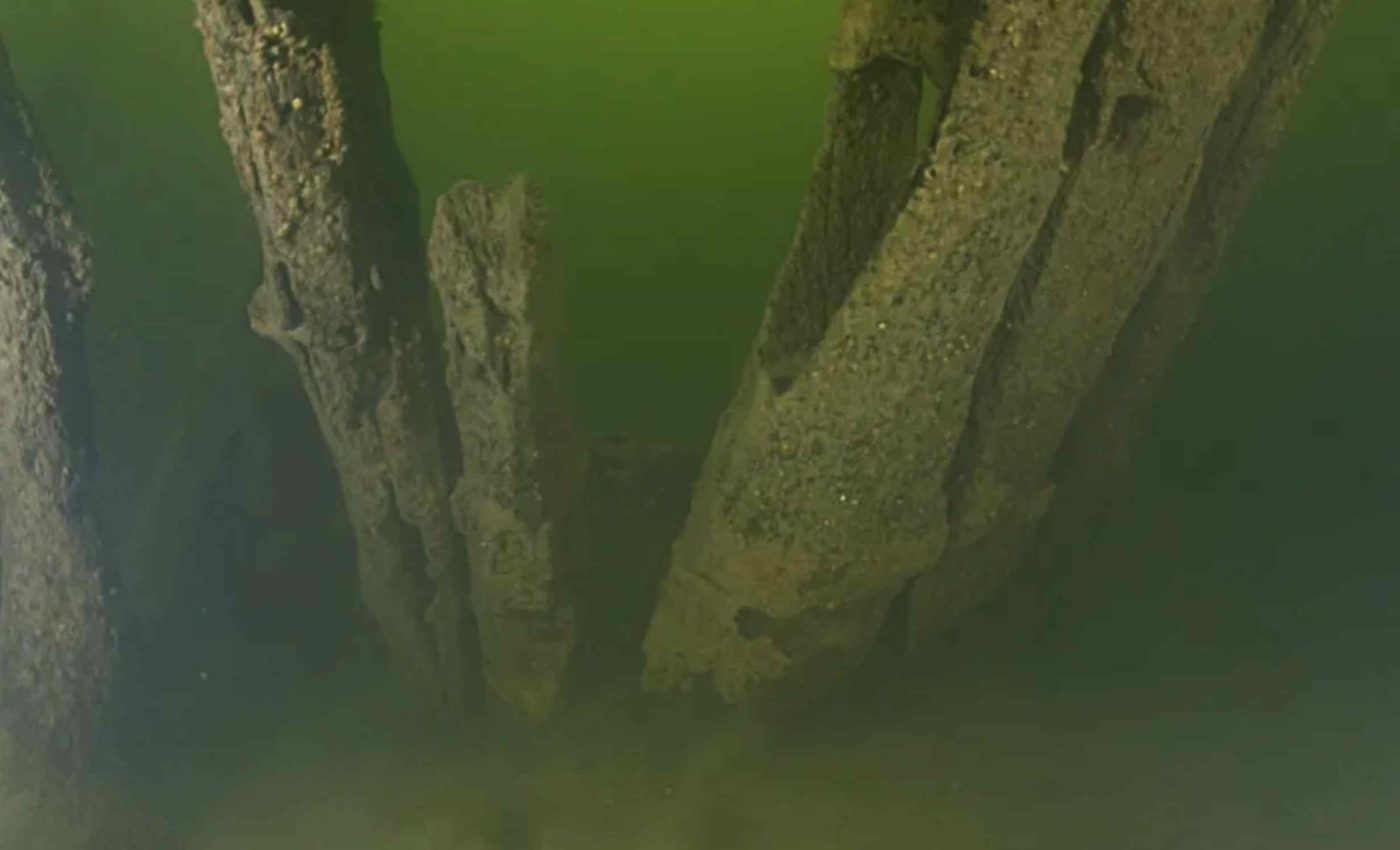
Supposed Viking ship turned out to be a 15th-century vessel
A shipwreck resting about 20 miles south of Stockholm, known as “Wreck 5,” has a new identity. It was long filed under “Viking,” but fresh fieldwork shows it is a late medieval vessel built with flush planking, a style that changed how ships carried people, cargo, and weapons.
The wreck lies in the bay at Landfjärden near Häringe and is one of several hulls known there since the nineteenth century.
The team now dates the construction of Wreck 5 to the 1480s, with a chance it was laid down in the 1460s.
The project sits within the Swedish National Maritime and Transport Museums (SMTM) network and draws on regional archives and seabed surveys.
Why this wreck matters
This hull captures a turning point between medieval and early modern northern Europe.
In one place, it shows how builders in Scandinavia adopted a southern method that emphasized rigid framing and smooth hulls.
The museum team considers Wreck 5 the oldest and most significant of the known wrecks in Landfjärden.
Plans are underway to seek external funding for an excavation, as the ship offers an important link between medieval and modern shipbuilding.
From clinker to carvel
Northern Europe favored clinker construction for centuries, with planks that overlap and create a light, flexible shell.
The Mediterranean favored carvel, where planks meet edge to edge on a robust frame that tolerates higher loads.
The difference is practical and easy to spot on any hull. One presents steps along the side, the other presents a smooth skin.
A sturdier frame and smooth skin let shipwrights scale up tonnage. That change opened room for cargo and for new weapons at sea.
How scientists dated Wreck 5
Tree rings provided the calendar. An analysis from Lund University matched timbers from Wreck 5 to forests in southern Sweden and placed felling dates in the late fifteenth century.
The wood most likely came from Kalmar and Blekinge, an origin that fits coastal shipyards serving Baltic routes.
Those results align with the field observation that this is not a Viking hull and that the design belongs to a later shipbuilding tradition.
Dated wood from frames and planking helps separate original fabric from later repairs. That matters when a ship shows signs of service across decades of sailing and refits.
Wreck 5 was built for guns
Carvel framing did more than smooth the waterflow. It allowed ships to carry heavier artillery
This upgrade was a late medieval development seen on the Danish royal ship Gribshunden, a flagship from the 1490s that sank off the coast of Sweden while carrying King Hans of Denmark.
Builders could cut gunports and brace the hull against recoil. That engineering pushed navies toward larger, stronger platforms that could fight with iron and powder rather than rely only on boarding.
A vessel like Wreck 5 sits right at that threshold. It shows how Baltic shipwrights adapted a Mediterranean method to northern needs.
Digital eyes underwater
The team created a 3D model of the site using photogrammetry, a technique that stitches many overlapping photos into a precise digital shape.
That virtual model preserves measurements and helps researchers plan future recording without disturbing the timbers.
High resolution models also let specialists test how frames join, how planks land on the ribs, and where fasteners sit. Those details feed into reconstructions that map design choices across the hull.
Digital models give divers and conservators a shared baseline. They also let educators show the site to people who will never enter cold Baltic water.
Removing Viking label from “Wreck 5”
Wreck 5 is part of a cluster noted by local writers in the 1800s. Early visitors often assumed Viking age craft, but targeted surveys and dating work now show multiple wrecks from the 1600s and 1700s in the same bay.
Grouping several hulls in one location can reflect how skippers used the bay as a shelter or a working harbor. It can also reflect losses tied to storms or war along narrow channels.
Reassessment matters because period labels shape the stories we tell about trade, warfare, and technology. When the label changes, the map of influence and exchange changes with it.
What Wreck 5 means for history
Wreck 5, a late fifteenth century Baltic ship that is carvel built, connects Scandinavia to a wider maritime world. It shows ideas moving north and being reshaped to fit local timber, harbors, and routes.
It also tightens the timeline for how war at sea evolved. As guns grew in number and power, hulls grew in strength and size to carry them safely.
With external funding, archaeologists can open small windows into the hull and recover diagnostic parts. That would confirm dimensions, framing style, and deck layout that a model alone cannot lock down.
Small finds, like ceramics or ropework, would add context about crew life and trade. Careful sampling could also refine the date and origin of specific timbers within the structure.
—–
Like what you read? Subscribe to our newsletter for engaging articles, exclusive content, and the latest updates.
Check us out on EarthSnap, a free app brought to you by Eric Ralls and Earth.com.
—–













